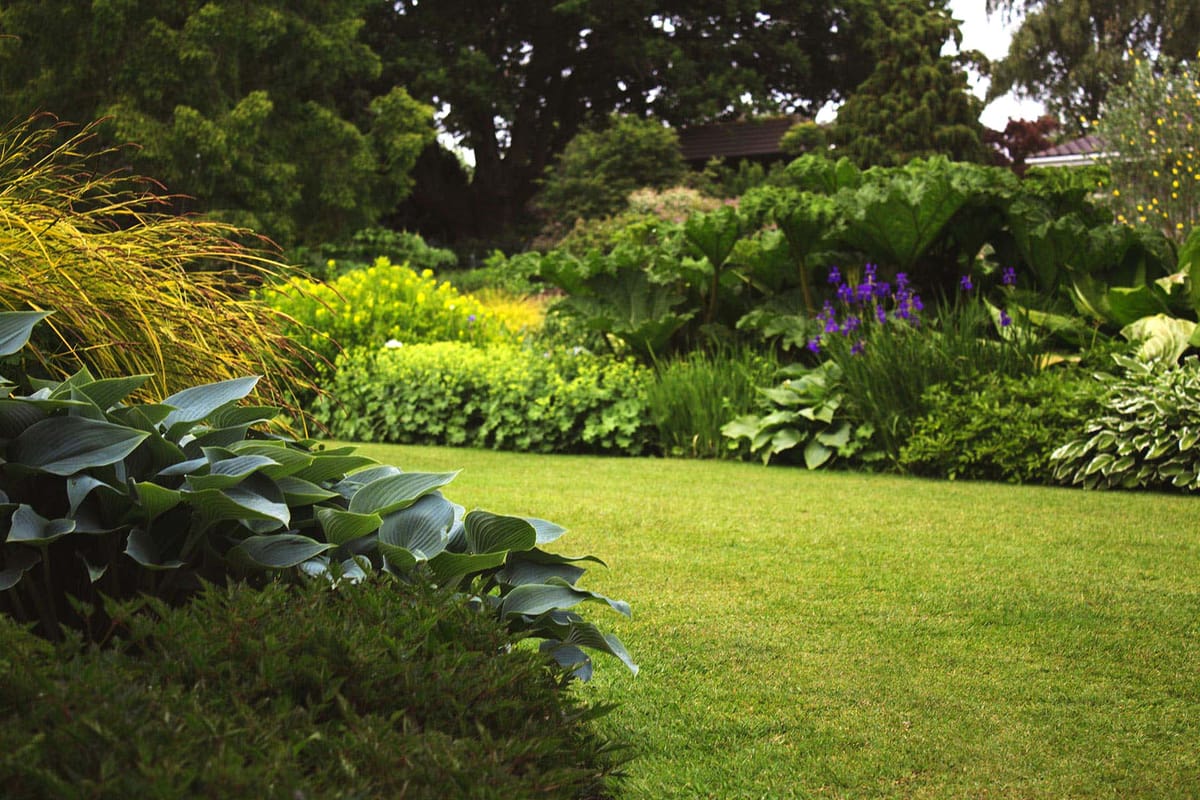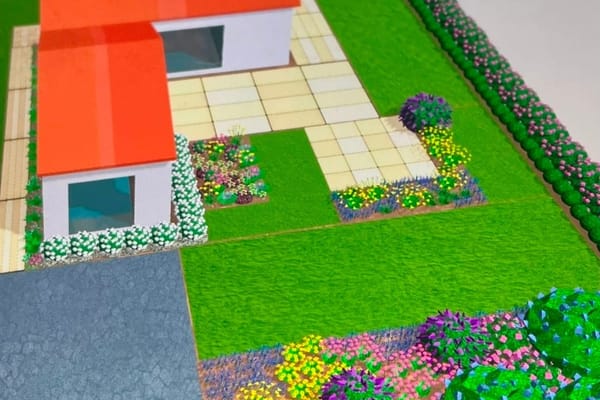Three Essential Elements of Garden Planning

“Someone’s sitting in the shade today because someone planted a tree a long time ago.” ….Warren Buffett
Planning a garden can be very exciting, especially when you are out at the nursery selecting your trees, shrubs and flowers, anticipating the day you can plant your garden and enjoy the space you created.
But before that day comes, there are three essential elements you should consider when planning your garden space: soil, water and light. I know this sounds boring and homework sucks, but if you put in a little effort, it will be the difference between just another garden in the neighborhood to the best garden it can be.
So, let’s give it a try! Here are some maybe not-so-exciting, but important basics of soil, water and light.
To start, you should identify the type of soil you have in your proposed garden. There are many types of soil and numerous combinations thereof, but the most common types found in gardens are Clay, Loam and Sand. Each one of these has different properties and depending on the soil combinations, it can determine what type of plants will be best suited for your space.
Clay soil is a type of soil that has fine particles and retains water. Although clay soil is usually high in nutrients, it can be quite dense and can restrict water from passing through the soil, which can be detrimental to the health of many plant species. When water saturates the soil and doesn’t drain properly, and it can basically drown the plant. This is especially true if a particular plant that does not require much water.
Loam soil is the most desired soil used in gardens. It is a balanced mixture of sand, silt and clay particles, providing good drainage while retaining moisture and nutrients. This type of soil is preferred because it can be used by a wide variety of plants, is easy to work with and is optimal for plant growth and development.
Sandy soil is made up of large particles that allows water to drain quickly. Just as clay soil retains too much water, sandy soil loses water and tends to dry out faster, depleting nutrients necessary for plant survival. However, one advantage to sandy soil is that it warms up quickly in the spring, making it suitable for some plants to get a head start on the growing season. It is also commonly used when mixed with organic matter to help retain water and nutrients.
That said, it is important to know your soil before planting so you can evaluate whether or not you need to amend the soil to meet your plants' drainage and nutritional needs.
If you are not sure how to evaluate your soil, here are some options you can explore:
- Talk to your neighbors. They may have been through this process and can give you some insight.
- Visit your local nursery or garden center. They may have some insight in your area and will also be able to help you choose plants that have a wide range of soil requirements.
- Contact your local Agriculture Department. Many Ag extension offices collect samples and evaluate results.
- Contact your local soil and plant labs. They can assist you in providing soil sample analysis and can give you guidance on amending your soil if needed.
- DIY Soil test kits. There are many online and can provide you with basic information.
Remember to follow guidelines and procedures when submitting soil samples to get the best evaluation results possible.
Water is next on the list. It is an essential element for every garden and it is important to know the quality and availability in your area.
Ask yourself, do you know where your water comes from and how much is available for garden use? Is your water supply coming from the city, county or a private well? Do you get enough rainfall each year to sustain your garden? Or do you rely on municipalities to supplement your garden water during the dry seasons?
These questions are important when choosing types of plants for your garden. For example, I’m originally from Southern California, where water is a precious commodity. At times, we experience extreme drought and are heavily regulated in our water use. With that said, I would choose plant species that can withstand heavy rainfalls, but can also survive in periods of drought and using minimal amounts of water.
If you are in doubt, you can contact your local water district municipality and they can give you guidelines on water quality, any water restrictions, and availability.
And just as soil and water are the lifeline for garden survival, light and shade are equally important elements that need to be addressed. It’s important to evaluate your garden area. If your garden is located on the north side of a structure (such as a house or a large tree) this most likely will be the shadiest part of the garden. The south side will be the sunniest, the east will be the coolest morning sun and the west will be the hottest afternoon sun.
Determining how much light you have in any given part of the garden will help you choose the appropriate plant for a particular part of the garden. If you are in doubt of the position of your garden you can use a compass. You can purchase a compass at any sporting goods store or download one of many mobile apps.
Once you have determined the elements of soil, water and light, you can begin to design a garden that will best meet your needs and be on your way to creating a sustainable garden that you can enjoy for years to come.
In conclusion, keep in mind, like many things in life, a garden is a long-term investment that should be planned and nourished. Before you can sit in the shade, you must plant seed in the correct spot.
For more reading about water, soil and sunlight, check out the following links:
- https://bhg.com (study your Yard’s Sunlight)
- https://savetarrantwater.com
- https://ww.rhs.org.uk/soil
Find Us on Social Media: Facebook | Instagram | TikTok





